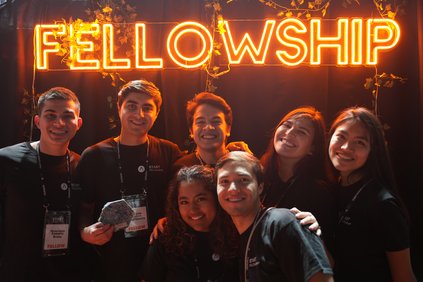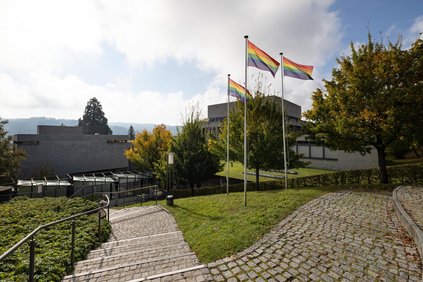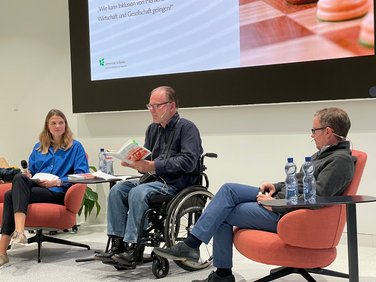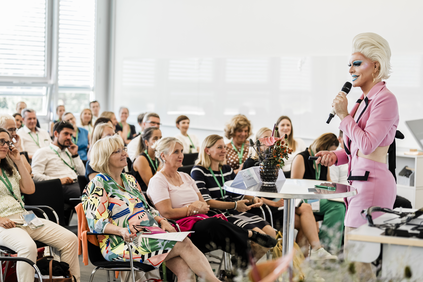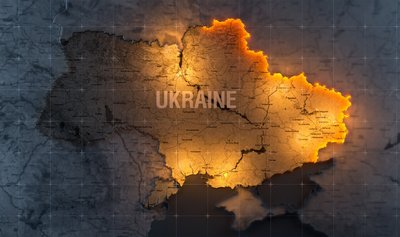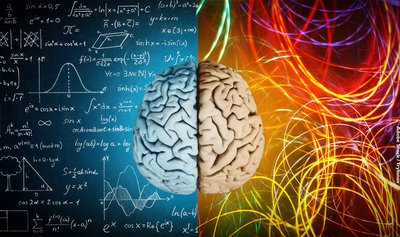Research - 23.11.2020 - 00:00
The emergence of inclusive language: for tackling resistance
What is the latest on gender-equitable language in politics, science and in the news? What impact does it have on the formation of a non-discriminatory society? A discussion with experts from the media, the civil service and research got to the bottom of these questions as part of the “Critical Gender and Diversity Knowledge” digital conference.

23 November 2020. The aim of gender-equitable, inclusive language is for no-one to be excluded. According to the credo of constructivism, language creates reality and this in turn shapes language. Language guidelines can help with this; how these tools emerge and what impact they have is discussed by four experts from various fields during the “Critical Gender and Diversity Knowledge” conference. The discussion is moderated by PD Dr Christa Binswanger, Head of the Gender and Diversity Department at the University of St.Gallen and Ursina Anderegg, member of the research staff, Office for Gender Equality at the University of Bern.
Resistance to the introduction of new language rules
Dr Sonja Dudek, Senate office for justice, consumer protection and anti-discrimination (LADS), Head of the Diversity and Equal Opportunities Department, Berlin, gave an insight into the debate of a major institutional framework. The Berlin senate office developed language guidelines for formulating texts, images and public relations in an inclusive way. “As it was assumed that an inclusive language regulation would not meet with any broad agreement within the management, we first of all created a common knowledge base for the question of what impact language can have,” reports Sonja Dudek. When the language guidelines were ultimately concluded and publicly presented, according to polemic media reports, the reactions were very emotional. “We already knew from cities such as Freiburg im Breisgau and Hanover that public discourse on new language rules can be accompanied by shit storms. Nevertheless, we wanted to include public opinion.” Sonja Dudek found it surreal that the reporting partly included talk of “censorship and the thought police”. The public dialogue was in turn shaped by aggressive feedback. The University of Vienna introduced gender-equitable language guidelines in a different way: the topic did not involve public discussion and the university did not answer any media enquiries.
The “Binnen-I” A Swiss invention causes controversy in the 80s
David Hunziker, journalist at “Die Wochenzeitung”, WOZ for short, reports on which discussions lead to media editorials. Once a pioneer in the implementation of the “Binnen-I”, [the German convention of introducing an internal capital letter to make personal nouns gender neutral], the WOZ newspaper now faces the question of representing non-binary people. In 1983, the WOZ was the first German-language newspaper to introduce inclusive language rules. Christoph Busch is credited with founding the “Binnen-I”; he described the Binnen-I as a grown-up version of the “/i” [another German convention of gender-neutral writing]. In 1987, the newspaper began experimenting with a “feminist WOZ”. In those days, terms such as “military bases” [Militärbasen in German] were associated tongue in cheek with (female) cousins [Basen] (“... male cousins [Vetter] are included”). “It was a political statement and an experiment which sometimes challenged the female readership.” In the 80s it was possible to be provocative with this language in an avant-garde way. The University of Leipzig followed the example and has been using the generic feminine form to this day. There, in turn, students now feel linguistically excluded. Currently, newspapers with the highest print-runs (Tages-Anzeiger, NZZ and Blick) use the generic masculine form or modes of addressing both genders. Linguistic “anti-gendering”, another media storm generally leans on arguments of aesthetics and fondly held convention.
Binary gender understanding still prevails
Joèlle Ochsner, Bachelor student at the University of St.Gallen, reports from her Bachelor's Thesis about the implementation of inclusive language use at universities. She compares various language guidelines from universities in Switzerland and determines that most of them use forms of neutralisation or differentiations such as “Mitarbeiterinnen and Mitarbeiter” [female employees and male employees]. “Presumably it is to do with the fact that the understanding of gender at universities is still strongly shaped in a binary way. It would be interesting to look more closely at the question of space for gender diversity,” says Joèlle Ochsner. “Universities are scared of discussing gender-equitable language, because they know about the emotive potential it harbours,” adds HSG gender expert Christa Binswanger: “Conflicts with regard to language rules are often avoided in a university context.”
Conclusion of the discussion: Gender-equitable language arises in public discourse and has the aim of giving all people a place in the linguistically mirrored reality. It is about representing all people in a way that they see themselves. The development of this process is political and is also shaped by resistance in all areas or sectors. The media reception is often shaped by polemics. People who consider linguistic change to be a negative thing usually do not concern themselves with the content but provide a purely emotional reaction in their feedback. “When there is no intention to see things from a different perspective, sometimes this parameter is effective: This linguistic form is now the correct one. And this one is incorrect,” says Sonja Dudek looking at the implementation of language guidelines in Berlin. Who is making progress, who has the interpretive dominance? Is it the media or language guidelines in companies and state authorities or universities? “All social changes require patience,” says David Hunziker finally. “We are used to the long gasp in Switzerland, but we keep going,” adds Christa Binswanger. “Language is also creativity. We can also help to shape social change by being playful with words. More openness instead of polemics would in any case be good for the development of language,” she says as her closing statement.
Digital conference “Critical Gender and Diversity Knowledge”
The conference “Critical Gender and Diversity Knowledge” discusses the questions of forming knowledge of gender and diversity research, equality policy and diversity management. The digital transfer conference of the think tank Gender & Diversity was aimed at initiating discussion on the current problems and methods of garnering knowledge in various specific contexts on critical gender diversity knowledge. The seminar is a forum for exchange between science, education, politics, economy, media and art.
Image: Adobe Stock / Michail Petrov
More articles from the same category
This could also be of interest to you
Discover our special topics





